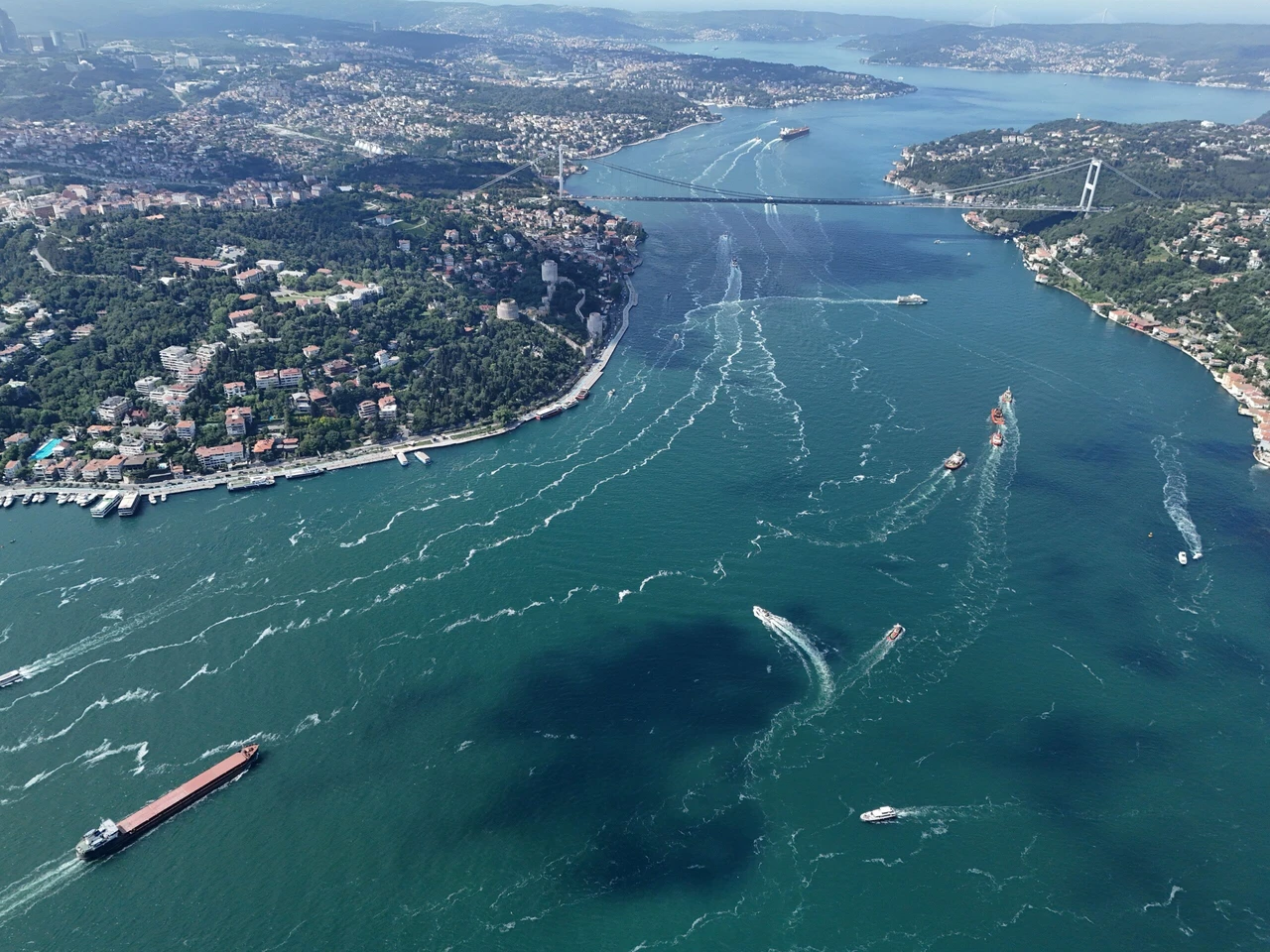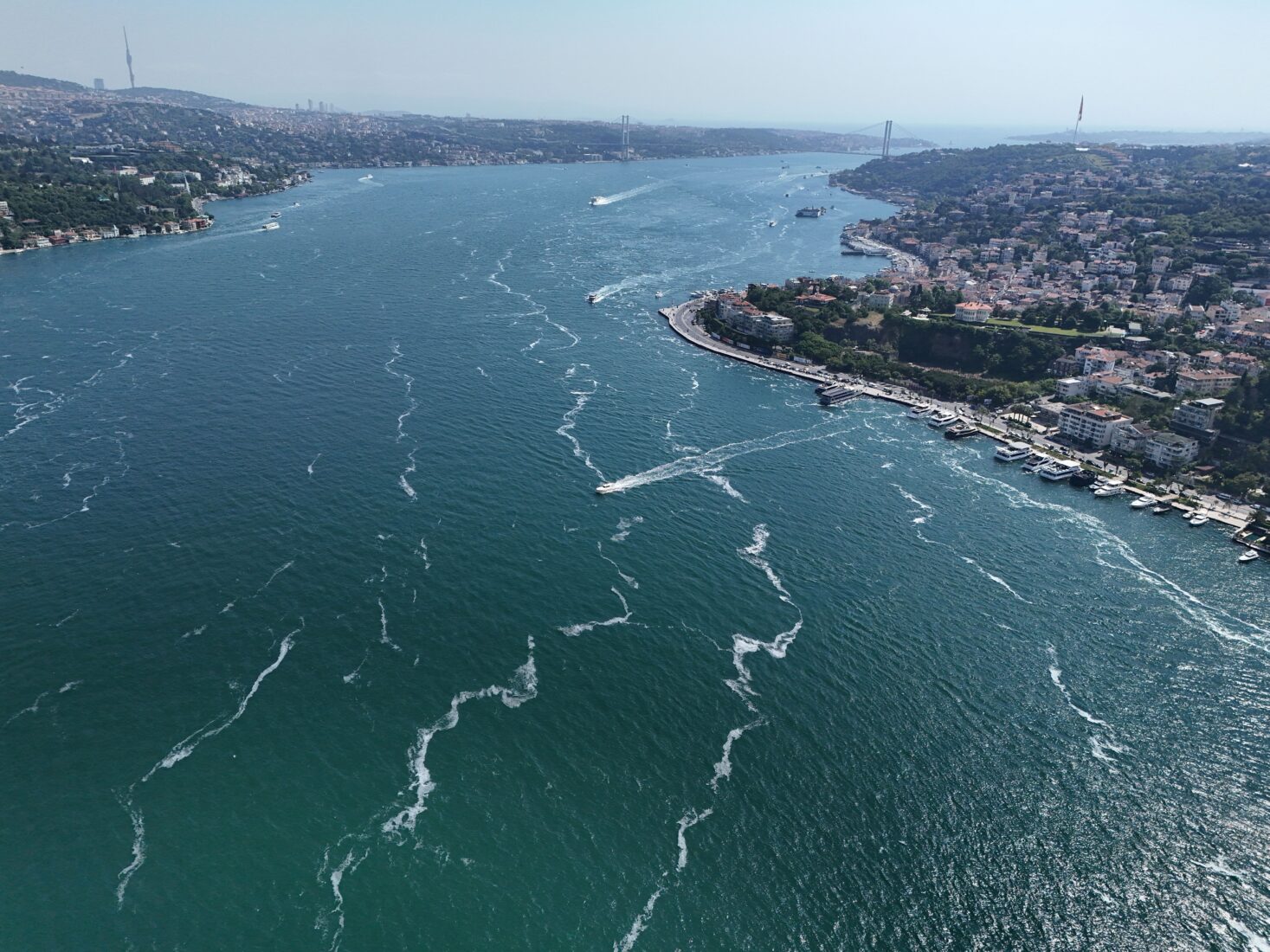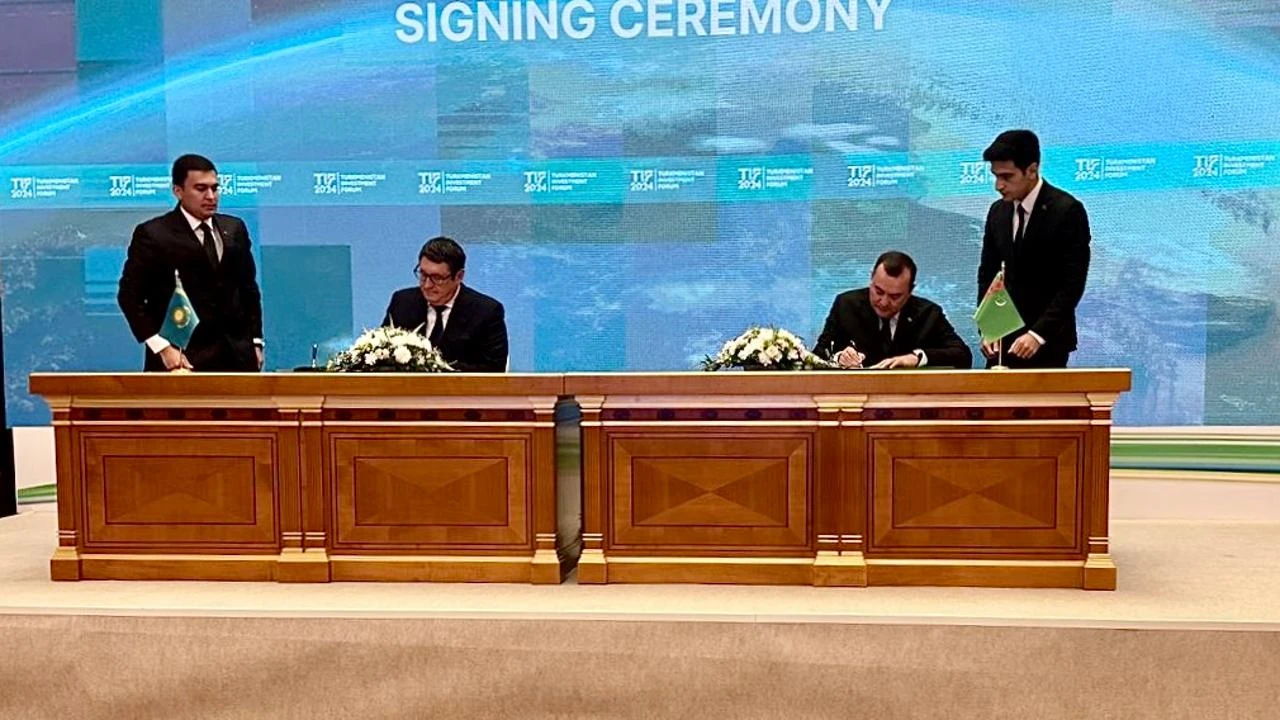Marmara Sea in coma: Oxygen crisis and rising temperatures, brink of disaster
 Bosphorus fills with foam, a harbinger of mucilage, Istanbul, Türkiye, June 10, 2024 (IHA Photo)
Bosphorus fills with foam, a harbinger of mucilage, Istanbul, Türkiye, June 10, 2024 (IHA Photo)
Professor Mustafa Yucel, Deputy Director of Middle East Technical University’s (METU) Institute of Marine Sciences, has warned the Marmara Sea is experiencing critical oxygen deficiency, particularly beyond the first 30 meters. He explained that temperature, deoxygenation, and pollution are creating a self-perpetuating vicious cycle.
The first phase of the 2024 Marmara Sea expedition conducted by METU’s “Bilim 2” vessel has been completed to examine various parameters of the sea. This expedition assessed factors including temperature, oxygen levels, and current directions.

Oxygen levels at critical levels
Prof. Yucel emphasized that oxygen levels are dangerously low beyond the first 30 meters of the Marmara Sea.
He stated, “Oxygen drops to what we call the ‘hypoxic threshold’ beyond 30 meters, which is a level where fish cannot survive,” and noted that oxygen levels in deeper waters are almost undetectable.
He reported that sea water temperatures in the Eastern Marmara have been recorded at 26 degrees Celsius, and 27 degrees Celsius in the Izmit Bay, exceeding the average of the past 40 years. This increase reduces oxygen solubility and leads to greater pollution.
Pollution and hydrogen sulfide threat
Yucel indicated that pollution levels continue to rise, with nitrogen and phosphorus pollution being significant issues for the Marmara Sea.
He mentioned that biological production values in the Marmara are 3-4 times higher than those in the Black Sea, and that pollution further exacerbates this productivity.
He drew attention to the new risk of hydrogen sulfide, noting that where oxygen and nitrate levels are low, microbial life may produce hydrogen sulfide gas by using sulfate. This could lead to serious disruptions in the marine ecosystem and foul-smelling waters reaching the shores.

Urgent measures needed for Marmara
Yucel pointed out that the problems faced by the Marmara Sea stem from agricultural inputs and urban waste entering the sea, and emphasized the need for urgent measures. He stressed that immediate steps must be taken to reduce nitrogen and phosphorus loads.
The critical situation in the Marmara Sea requires urgent and comprehensive strategies for the protection and sustainable management of the marine ecosystem.



